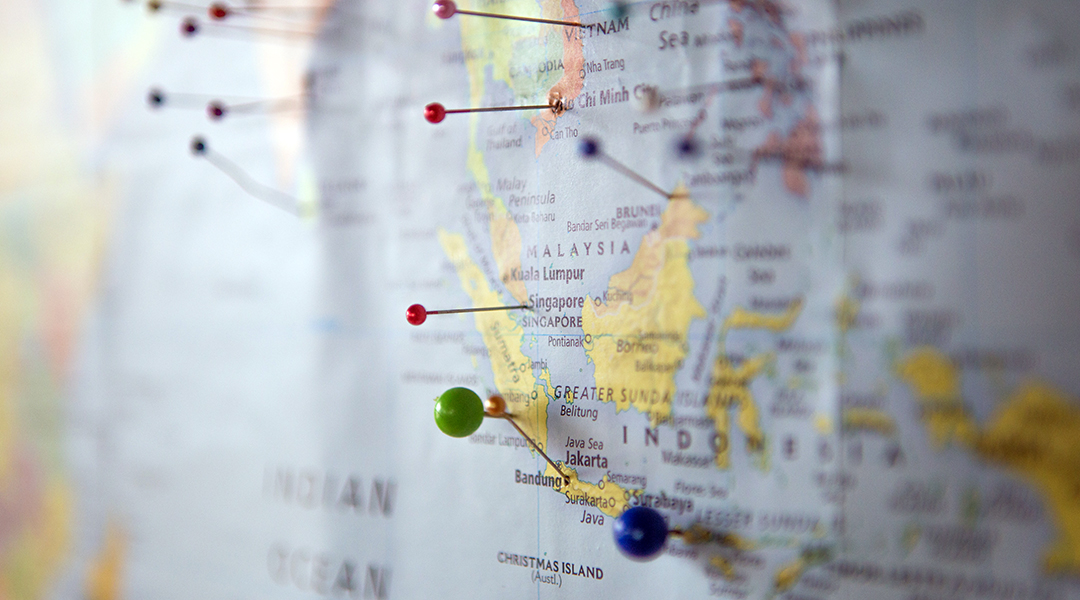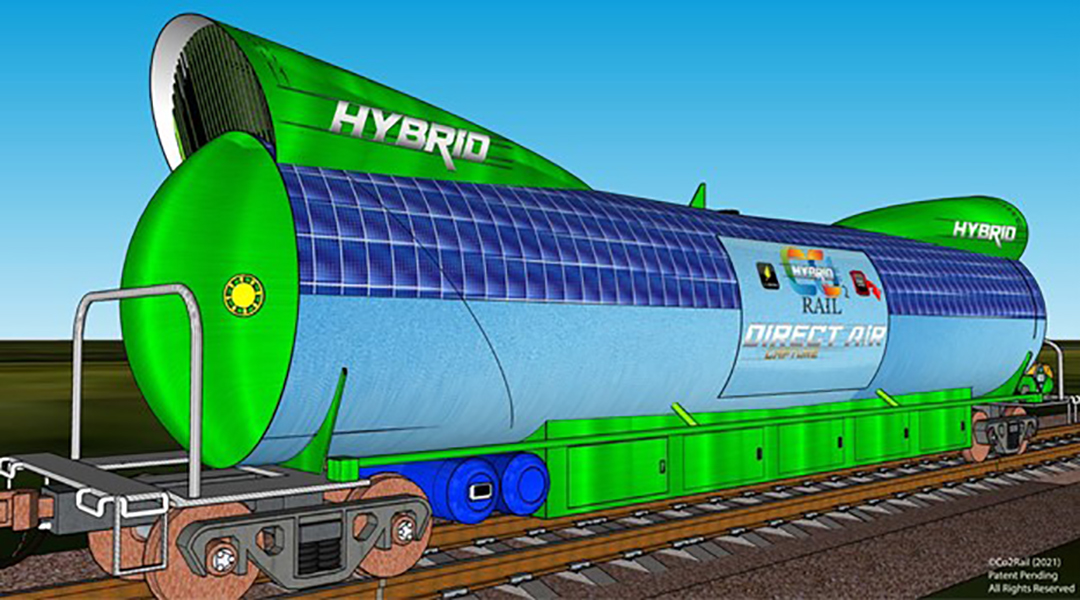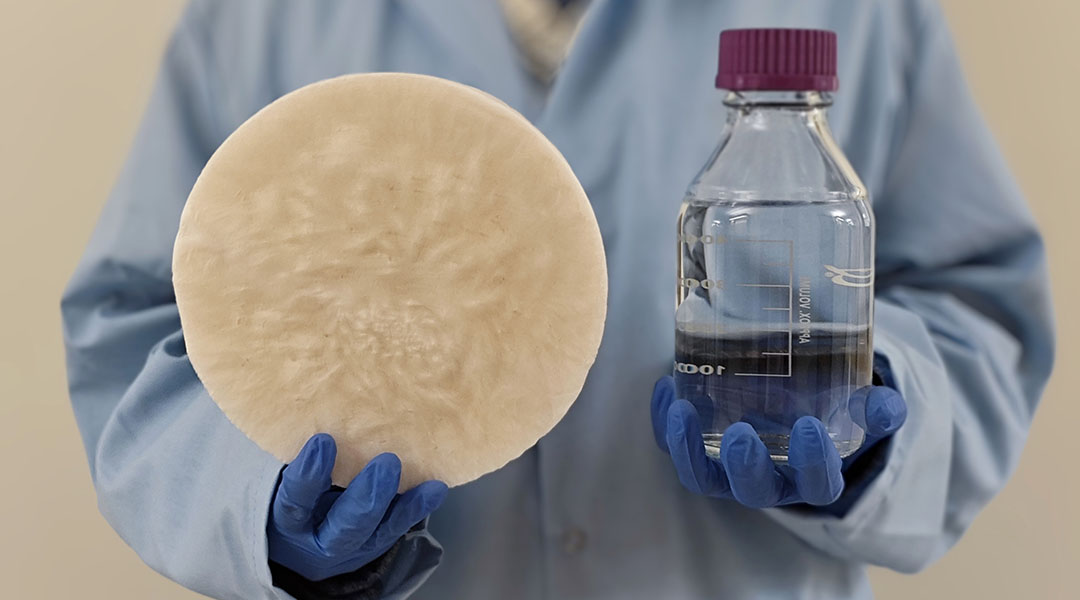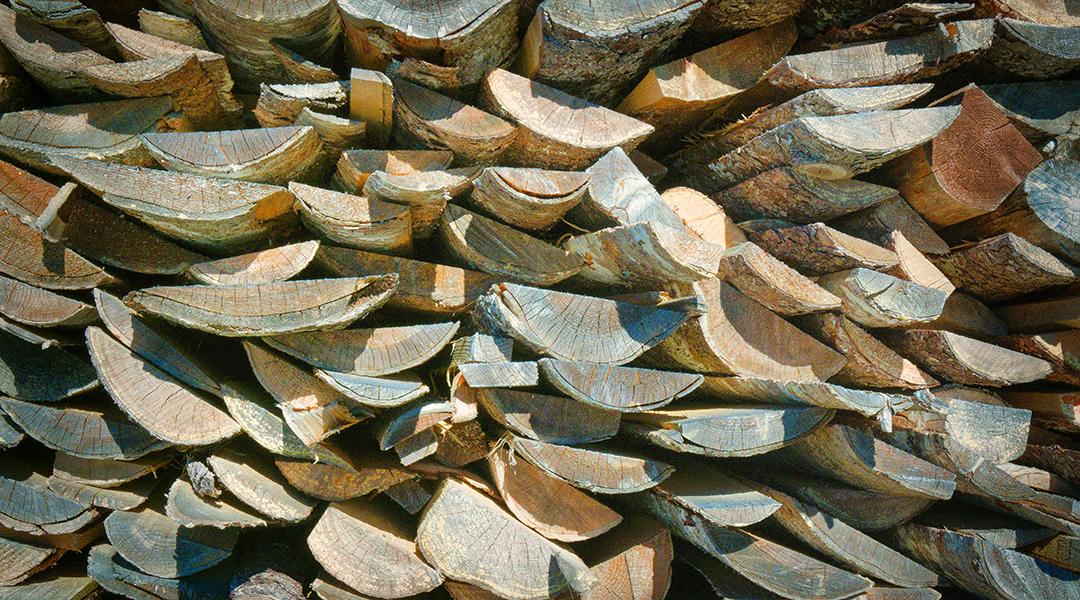With varying climate conditions around the world, where are the most cost-effective locations to deploy direct air capture facilities?


With varying climate conditions around the world, where are the most cost-effective locations to deploy direct air capture facilities?

Direct air capture can find its roots in antiquity and will be a major technology for the future.

An innovative advance dubbed “electro swing” may challenge the energy efficiency, capacity, and scalability of large-scale carbon capture.

What if the energy released when freight trains slow or stop could be applied to carbon capture technology?

A new hydrogel extracts water from the air, offering a sustainable alternative to bottled water and addressing global water shortages.

Rectangular fiber optic cables could increase data transfer rates, benefiting telecommunications and quantum computing advancements.

Quantum communication doesn’t necessarily need to be delayed; it might be possible to integrate it into existing fiber optic networks.

Scientists have developed a process to recycle carbon fiber into valuable chemicals with the help of fungi.

People all over the world touch their faces up to 800 times per day—researchers wanted to know why.

As valuable resources dwindle and environmental risks loom, reducing our dependence on traditional agriculture is becoming necessary.